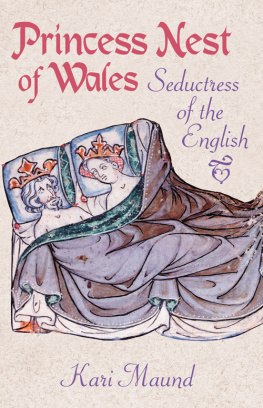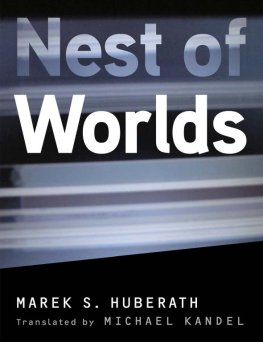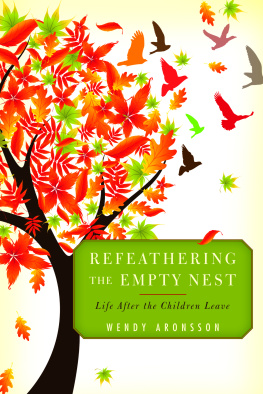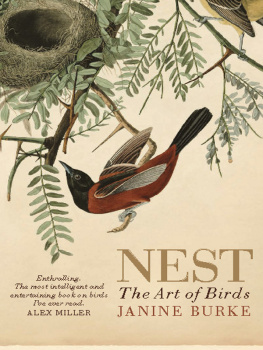
CONTENTS
She was the daughter of one king and the lover of another; the matriarch of a powerful dynasty and the cause of conflict and war. While most of her countrywomen lived out their lives in quiet obscurity, Nest, Princess of Dyfed, became a legend. She lived through one of the most exciting and dynamic periods of Welsh and English history, and was herself an influence upon its events. Her life provides a rare opportunity to explore the role of women in early Wales and the impact upon it of the Norman invaders.
She was born into an extraordinary time. Her father, Rhys ap Tewdwr, was king of Deheubarth, the kingdom which extended over south-west Wales, and enjoyed considerable influence throughout all Wales. Yet he had very nearly not become king at all, and throughout his reign he had the strange distinction of being the only king in Wales to hold his kingdom undisturbed by the new neighbours who were occupying England. He had become king in the early years of the Norman Conquest of England, and survived through diplomacy and the policy of William the Conqueror, but on the death of William in 1087, Norman policy changed. The new king of England, William Rufus, needed to secure the loyalty of his aristocracy with land grants and promises of booty. Casting aside the treaty forged by Rhys and his father, he allowed his barons to invade the whole of Wales. Nest, perhaps still a young child, lost her father in battle. Her brother, Gruffudd, fled into exile in Ireland, while Nest fell into the hands of the new lords of south Wales. Up to this point, she must have expected her life to follow the usual pattern for Welsh women of royal blood marriage to an ally of her father, and a life travelling with her husbands entourage and bearing his children. The fall of Rhys changed all of this. Her captors, the earl of Shrewsbury and his son, Arnulf, the new earl of Pembroke, probably sent her into their English lands to be raised under their power.
It was a journey that would determine the rest of her life.
Despite popular modern myth, medieval Welsh women enjoyed little respect and scant freedom. Legally lifelong minors, they remained pawns in the hands of male kin, incapable of owning land and married off to suit changing political needs. Women in Anglo-Norman England enjoyed wider privileges, and Nest, the daughter of a king, probably found herself accorded an importance she had never experienced before. Under Welsh law, women were excluded from succession to royal office, and could pass only the weakest of claims on to their children. To the Normans, however, Nest was a valuable prize in the struggle to subdue south Wales. She grew into a noted beauty, and towards the end of the eleventh century she caught the eye of Prince Henry, brother and probable heir of King William Rufus. Henry could not marry her: his marriage needed to be a great alliance, and Nest had nothing like the necessary rank and status. Yet being his mistress conferred advantages of its own, and, in particular, brought her to the attention of those in power. She bore Henry a son, also named Henry, and, after he became king in 1100, he seems to have undertaken to ensure she would be maintained and looked after. He arranged her marriage to Gerald of Windsor, his steward over south Wales. As Geralds wife, she enjoyed considerable status amongst his countrymen, while her ancestry lent him some legitimacy amongst her fellow Welsh. She returned to her homeland, where she would remain for the rest of her life, an intimate part of the complex politics which dominated it in the first decades of the twelfth century, and a cause of conflict and strife.
In 1109, she attracted the attention of Owain ap Cadwgan, figurehead of Welsh resistance to the Normans. Himself the son of a great king, Owain abducted her by night in a daring raid on her husbands castle of Cilgerran, seizing Nest and carrying her off into his lands. It was to take the intervention of Henry I himself to restore peace, but it did not last. After her abduction, Nest was to see her brother Gruffudd rise in rebellion in turn and endure the anguish of seeing her husband and sons fighting against Gruffudd and her nephews. Outliving Gerald, she was to remarry twice to Norman lords in south-west Wales, and to bear further children, all of whom rose to hold positions in the Cambro-Norman hierarchy. One of her sons became a bishop, two led the Norman invasion of Ireland, while her grandson, another Gerald, was to become one of the great historians of medieval Wales. She would be remembered by later generations both as the matriarch of a powerful clan and as a legendary beauty.
Yet, like the majority of women in this period, her life went largely unrecorded. Chroniclers, including her grandson Gerald, tell us of her sons and their deeds, but they record nothing of Nests feelings or beliefs. Her story has to be pieced together from a patchwork of sources, written and archaeological, historical and fictional, Welsh, Anglo-Norman and English. Nest is the first woman in the history of early Wales who is more than a name in a genealogical note, fragmentary though the extra information about her is. She lived in two worlds the world of traditional medieval Wales and of the Norman colonists and was a key element in the formation of a third, the Cambro-Norman society which came to exist in the marches of Wales. This book sets out to uncover as much as is possible about this extraordinary woman and the world she inhabited. It attempts to set her in all her contexts, and, through her, explore the complex political life of late eleventh- and twelfth-century Wales.
1
Nest of Deheubarth was born at a crossroads in the history of Wales. Had her birth occurred as little as twenty years earlier, it is likely that her name would be no more to us now than a brief note in an old genealogical manuscript someones mother, someones wife. But she was born in a time and place where everything was changing in Wales for men and women alike, and those changes were to bring her to the attention of an English king, an influential nobleman, a swashbuckling Welsh rebel, and to lead to at least some aspects of her life being recorded for posterity.
Early medieval Wales was in many aspects conservative, and, although its internal politics were dynamic and often dramatic, Welsh events had, up until the middle of the eleventh century, only intermittently drawn the attention or interest of their English neighbours. Although the country was much the same shape, geographically, at that time as it is now, its political map was considerably different. It was divided into several fiercely independent kingdoms, each with their own native ruling house. The number of these varied from period-to-period, as kings warred with one another, annexed or lost territories, allied, intermarried and schemed, but by Nests time the major units were Gwynedd, in the north-west; Powys, in the north-east; Deheubarth, in the south-west; and Morgannwg, in the south-east. Nests father, Rhys ap Tewdwr, was king of Deheubarth, then a land of good arable and grazing, forests and notable fishing resources. Its core land was the ancient kingdom of Dyfed, to which earlier kings had annexed the neighbouring territories of Ystrad Twyi, and, intermittently, Gower and Ceredigion. Nests grandson, the writer and clergyman Gerald of Wales, was born and brought up in southern Deheubarth, in what is now Pembrokeshire, and retained a life-long love of the land. Writing in the last decades of the twelfth century, he described it as, a region rich in wheat, with fish from the sea and plenty of wine for sale Of all the different parts of Wales, Dyfed with its seven cantrefs is at once the most beautiful and the most productive. They were Nests ancestors, and from what we can tell, she was proud of them and their history.
Next page












